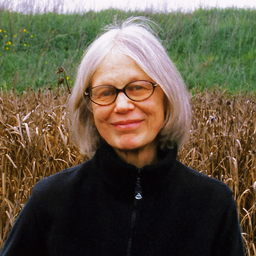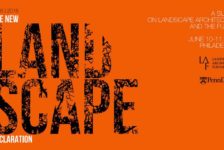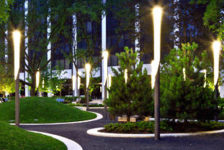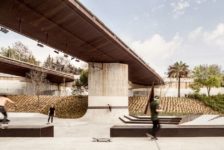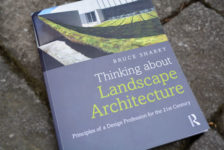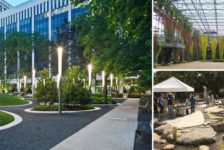Imagine a park where you can play, learn about biology, discover knowledge about animals, and learn about the bioremediation process. Ultimately this park helps in the conservation of native plants and, in conjunction, forms a piece of art and all the components such as human use, infrastructure, hydrology, plants, and animals are mutually supported. That is what you can sense in Patricia Johanson’s projects. She understands that the more functions and parts that are present will facilitate the best “performance”. Also, the systems do not have to be monolithic; instead they should work as an ecosystem. She looks back in time to find examples in ancient cultures that, in her own words, “harmonized and worked with natural systems and find a different model for the built world, one that is less dependent on aesthetic styles and mechanical systems.” We had the opportunity to interview Patricia Johanson and learn how this multidisciplinary mind works as an artist, architect, landscape architect, ecologist, archeologist, sociologist, and engineer.
- In your own words can you define what you do?

Fair Park’s Leonhardt Lagoon (Dallas, Texas)
- What’s changed in your projects today from the projects you started out with? And what caused that change?
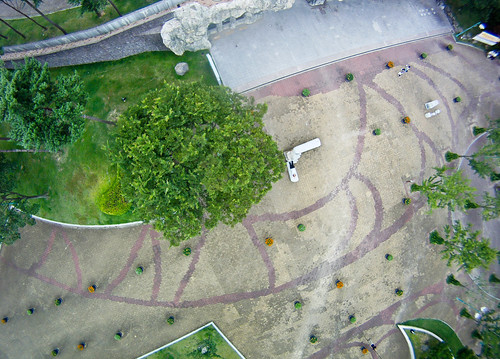
Ulsan Grand Park (Ulsan, South Korea)
- Do you consider having a principal axis or main part on your projects, I mean, ecological, urban, social or another?
All of the parts deserve equal consideration because, if you use the “ecosystem” approach, they are all essential to the well-being of the “whole”. It is not a matter of what is “dominant” and what is “less significant”, but a matter of balance, and understanding that each element is vital. I grew up in New York City so urban and social issues are very important to me. This is part of the reason I only design public sites that are available to everyone. Developing an understanding of, and care for, nature is essential, particularly for children, so native plants and animals living in ecological communities are part of all my projects. I am also interested in restoration, which includes reconnecting fragmented systems and making the land healthy and productive, not merely “decorative”. To be successful, you really do need to consider everything.
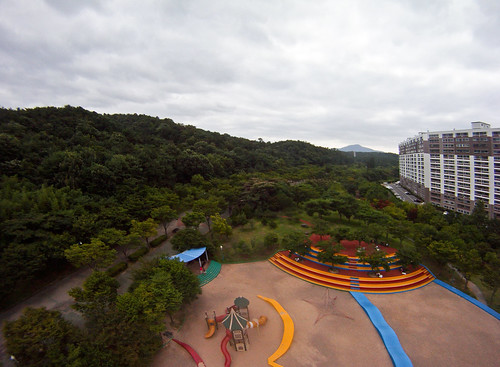
Ulsan Grand Park (Ulsan, South Korea)
- Could we say that snakes and plants are a very recurrent object in your design, If yes, why? How would you describe the process of choosing an object for a new proposal?
The Endangered Garden (San Francisco, CA)
- I’ve read that you like music and you try to include music in your projects, how do you do that? Would you like to design a project where music was more present?
I began as a musician and because my work is so large, the composition is revealed over time. Walking establishes a certain rhythm, an inner “beat”, and as a designer you can control that rhythm, just as a highway engineer does, through sharper or more gradual curves and stopping points. I think it would be interesting to work collaboratively with a musician, but one of my favorite sounds in nature is silence, which stimulates deep “listening”. This can also be very reflexive, as it reverts to your own heartbeat.
- You consider the elements of “insecurity” or “instability” in your parks, what are your intentions in considering those feelings?
I don’t design places that are actually “dangerous”, but I also think we have gone too far in assuring people that “design standards” will protect them. I think it is important for people to experience the world in all its diversity, and develop some personal understanding of how to avoid “accidents” and conflicts. Projects that look unconventional force people to pay more attention to their surroundings. Paths that traverse water without a handrail ask people to watch their footing and develop some “body awareness”. Tall grass or unfamiliar sounds of nature that may initially instill fear, become old friends as knowledge is acquired, which is why my “urban ecosystems” present complex nature within a familiar park setting. I also promote the fact that nature evolves, so the landscape may not look the same on every occasion. This is the opposite of maintaining something in a pristine state. My projects have all “aged” as they move from one stage to another, yet they remain interesting as they grow and change.
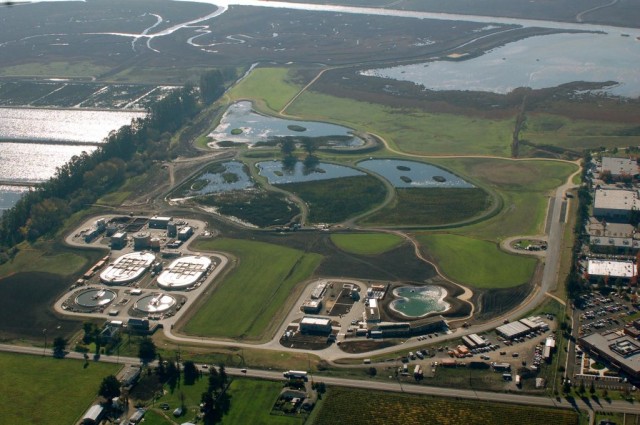
Petaluma Wetlands Park and Ellis Creek Water Recycling Facility (Petaluma, California)
- Do you have a favorite project or a project that you’re very proud of?
- Is there a particular place in the world that you really wish to design a park?
This article was originally submitted to Landscape Architects Network
Published in Blog


